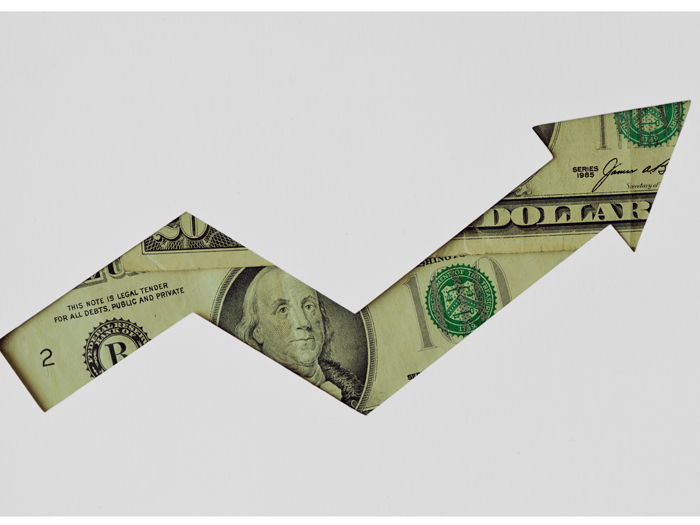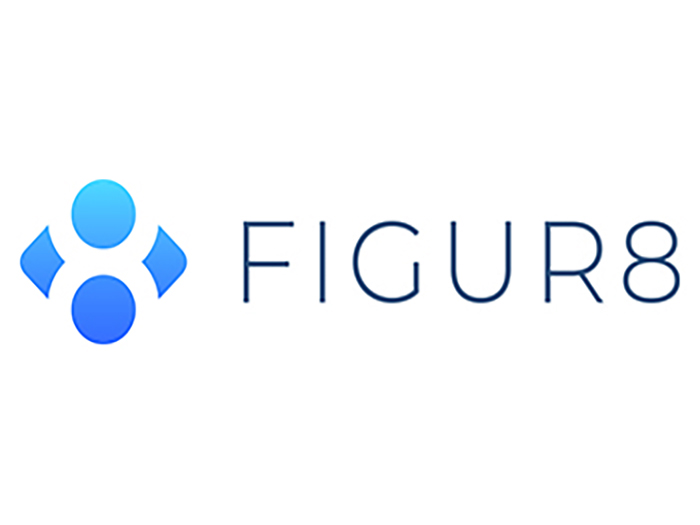These 6 Crucial Financial Sector Insurance Coverages Are Experiencing Rate Increases

In early 2020, every part of the economy changed when the COVID-19 pandemic rattled financial markets.
The economy froze as government-mandated shutdowns led to business closures and plummeting stock prices.
All of this came when, nearly a decade after the 2008 financial crisis, banks were finally experiencing growth and prosperity. Following a boom under favorable regulatory and economic trends in recent years, they were back to uncertainty.
Though the economy has somewhat stabilized since the early days of the pandemic, the financial effects of COVID-19 are still very much with us in 2021.
In its Spring/Summer 2021 Financial Institutions Market Update, Gallagher identifies six critical lines of coverage for financial institutions that are currently experiencing rate increases and takes a look at the factors driving these hardening markets.
The trends they identify — COVID-19 losses, natural catastrophes, social inflation — are likely to be familiar, but their continued effects on insurance markets are evolving as the years go on.
1) Cyber Liability
One of the report’s most notable findings is that the cyber liability market has reached an inflection point.
For years, cyber buyers enjoyed a highly competitive marketplace, complete with ample capacity, expanding coverage terms and flat to falling rates.
That all changed with the increase in ransomware attacks and the ensuing carrier reported losses. In 2020, underwriting scrutiny increased, as did premiums. Clients with optimal data security controls saw rate surges of 25-50%, while those with less attractive risk profiles saw 100% or greater increases, Gallagher notes.
“We saw a very quick hardening,” said Eileen Yuen, managing director for Gallagher’s national Financial Institutions practice. “And the reason for it is the confluence of ongoing cyber events, and claims activity.”
Market conditions are expected to harden further after a spate of high profile attacks in 2020 and 2021 and an increase in the total cost of data breaches. Average data breach costs rose from $3.86 to 4.24 million in 2021, according to IBM’s 2021 Cost of a Data Breach Report.
2) Casualty
In contrast to the sharp rate increase in the cyber space, casualty insurance has remained relatively stable for financial institutions.
Rate increases are only in the single to low double digits, according to Gallagher, and are more common in the excess liability market than in primary general liability.
Financial institutions with large umbrella towers should be the most concerned about this line as they are most likely to encounter difficult market conditions, including increasing premiums and restricted capacity.
3) D&O
D&O coverage has long been a pain point for financial institutions.
D&O renewals have been plagued with tightening conditions, reduced capacity and rate increases galore. Carriers reported that 20% premium price hikes were the norm in 2019 and that only continued into 2020.
Gallagher reports that companies with no claims are seeing 15-35% premium increases while those with recently paid claims might see hikes between 60-100%.
Though the market is still hardening, Yuen is positive that there will be market stabilization in the near future.
“We are starting to see some leveling off, if you will, in the directors and officers liability marketplace,” Yuen said. “We’re not seeing the same sharp trajectory of premium increases.”
4) Professional Liability / E&O
A slew of factors are contributing to rate hikes in professional liability and E&O lines.
“If you look at something like professional liability, there are a number of things driving those rate increases — COVID; the work home environment and claims emanating from that relative to workplace practices or discrimination; all of the movements that are going on around diversity and inclusion,” Yuen said. “All of that converged in that particular line of coverage.”
Most E&O and professional liability risks are seeing increases in both rate and retention between 10-30%.
As the year goes on, Yuen notes that financial institutions should pay attention to developments with the coronavirus pandemic and consider how they will affect their E&O and professional liability coverage renewals, especially if they’re vulnerable to litigation over COVID-19. “That could be an area as we move forward where we see an increased possibility of litigation,” she said.
5) Financial Institutions Bonds
An increase in claims activity has led to light premium increases in the financial bonds arena.
Employee theft, social engineering and fund transfer fraud amongst business leaders are all playing a role in driving price increases.
These types of fraud have gotten harder to detect and easier to carry out now that many employees are working remotely, creating precarity in the market.
As a result, financial institutions who previously had multi-year term financial bonds may no longer have that option when renewal comes around.
6) Property
After 2020’s wildly active hurricane and wildfire seasons, it’s no surprise that property insurance markets are hardening. A rise in natural catastrophes and losses driven by global climate change means that rates will continue to increase and capacity will keep shrinking in the coming years.
Additionally, unmodeled risks, like Texas’ winter storm Uri and the derecho storm in the Midwest led to costly losses and are contributing to rising rates.
While the market is likely to continue firming, financial institutions may need to worry less than industries about rate increases in these lines, Yuen said.
“Financial institutions in a general sense are not in the riskiest type of property businesses, nor do they have the largest property portfolios compared to other industry groups,” she explained.
Even as lines continue to see rate increases, financial enterprises can still hold out hope for the future: “The insurance market is cyclical,” Yuen said. “Do we think that we will see some relief in the marketplace in the future? Yes, but I don’t think we know when that will be.” &










